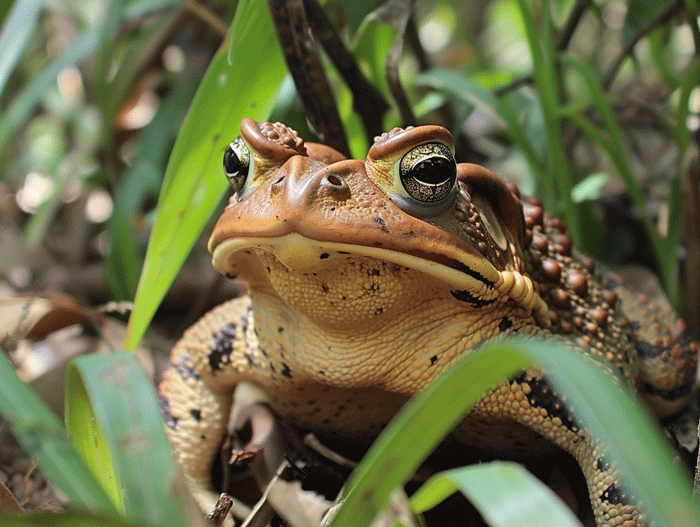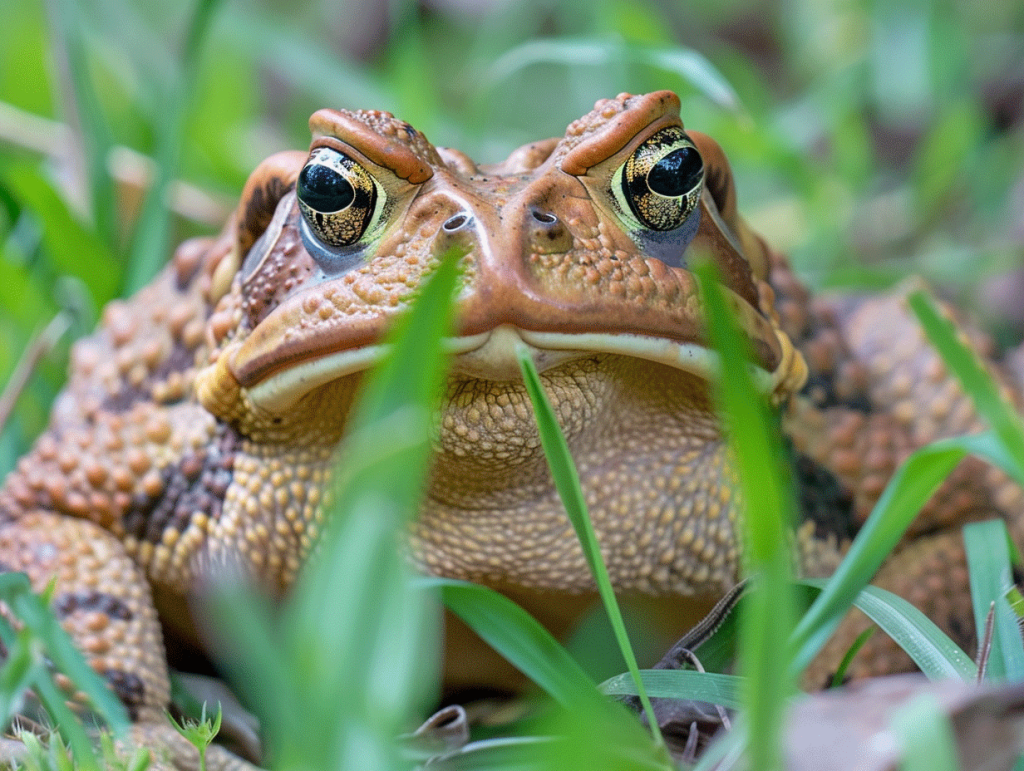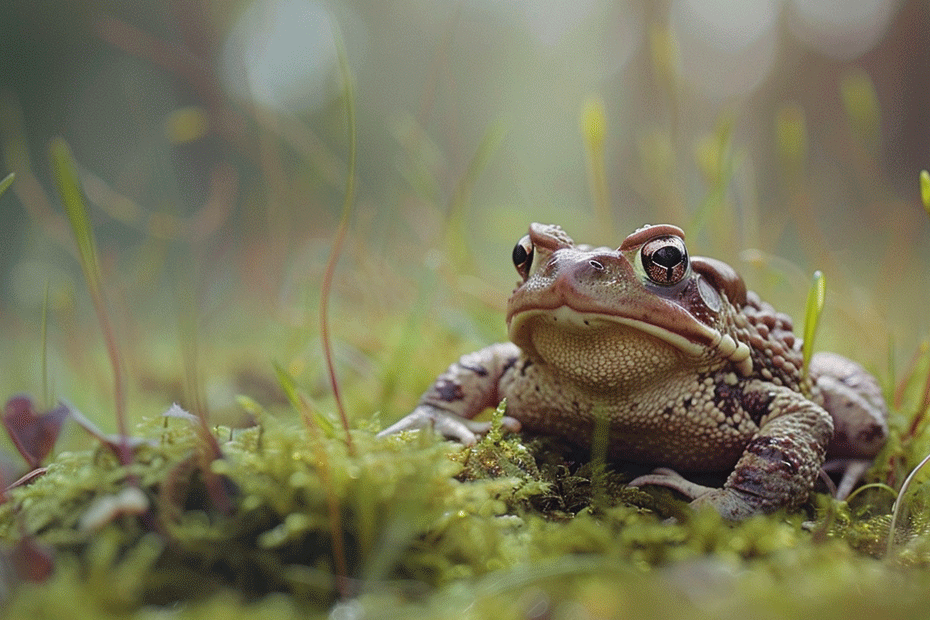Are you curious about why cane toads were introduced to Australia? Let’s investigate into the fascinating history behind this controversial decision. The introduction of cane toads in Australia was aimed at controlling the native cane beetle population, which posed a significant threat to the country’s sugarcane crops. But, the unintended consequences of this introduction have had far-reaching impacts on the Australian ecosystem. Stay tuned to uncover the full story behind the introduction of these amphibians and the lessons we can learn from this ecological experiment.
Key Takeaways
- Cane toads were introduced to Australia in the 1930s to control the native cane beetle population threatening sugarcane crops.
- The unintended consequences of the introduction of cane toads have led to significant environmental impacts in Australia.
- Cane toads have rapid reproduction rates, toxic skin secretions, and competitive pressures on native species, affecting local ecosystems.
- Efforts to manage the cane toad population include habitat modification, biological control, community engagement, and ongoing research.
- Conservation programs are in place to address the impact of cane toads on native wildlife and ecosystems in Australia.
Origin of Cane Toads

Native Habitat
Cane toads, native to South and Central America, were brought to Australia in the 1930s from Hawaii. They were introduced with the intention of controlling the native cane beetle population that posed a threat to sugarcane crops. But, these toads didn’t stay confined to their initial purpose.
Spread to Other Regions
Cane toads quickly multiplied and began spreading across various regions in Australia. Their populations skyrocketed due to their rapid reproduction rates and ability to adapt to diverse environments. This rapid spread had unforeseen ecological consequences, leading to challenges in managing their impact on native wildlife.
Purpose of Introducing Cane Toads

Biological Control of Pests
Cane toads were brought to Australia with the aim of biological pest control. Introduced initially to manage the population of cane beetles, these toads were seen as a natural solution to protect crops and vegetation.
Agricultural Benefits
The idea was that by introducing cane toads, they would feast on the indigenous pests, later reducing crop damage and improving agricultural yields. The intent was to create a sustainable ecosystem where these toads acted as a form of pest control.
Impact of Cane Toads in Australia
Environmental Effects
- Cane toads have had significant environmental impacts in Australia since their introduction.
- Toxic skin secretions pose a threat to predators that try to consume them.
- Population booms of cane toads have been observed, affecting local ecosystems.
- Competitive pressures on native species have increased due to habitat changes caused by cane toads.
- Native wildlife such as quolls and snakes face challenges due to cane toads.
- The poisonous nature of the toads has led to declines in predator populations.
- Adaptations like changes in hunting behavior have been noted in response to the new predator-prey dynamics.
- Efforts are ongoing to mitigate the impacts and protect endangered species from the threats posed by cane toads.
Managing the Cane Toad Population
When it comes to managing the Cane Toad population in Australia, it is crucial to employ effective strategies to minimize their impact on the local ecosystems and native wildlife. Here are some key aspects to consider:

Introduction
Cane Toads were introduced to Australia in the 1930s with the aim of controlling the cane beetle population, a pest that was damaging sugar cane crops. But, their rapid spread and toxic skin secretions have posed significant challenges to the environment and native species.
Key Strategies for Managing the Cane Toad Population
- Habitat Modification: Altering landscapes and water sources to make them less favorable for Cane Toads to inhabit can help reduce their population density.
- Biological Control: Introducing natural predators or biological agents that can target Cane Toads without harming native species is a potential solution.
- Community Engagement: Involving local communities in Cane Toad management programs can increase awareness and support for conservation efforts.
- Research and Monitoring: Conducting continuous research and monitoring the population dynamics of Cane Toads is essential for developing effective management strategies.
Ongoing Efforts and Challenges
- Conservation Programs: Various organizations and government agencies are actively involved in conservation programs aimed at controlling Cane Toad populations.
- Environmental Impact: Even though efforts to manage Cane Toads, their presence continues to impact native wildlife and ecosystems.
- Adaptation: Native species are evolving new behaviors and adaptations to cope with the presence of Cane Toads in their habitats.
Managing the Cane Toad population in Australia requires a multi-faceted approach that encompasses habitat modification, biological control, community engagement, and ongoing research. By addressing these key strategies and ongoing challenges, we can work towards minimizing the impact of Cane Toads on the environment and protecting native wildlife.
Conclusion
Cane toads were introduced to Australia with unintended consequences, impacting native wildlife and ecosystems. Conservation efforts are in place to manage their populations through various strategies like habitat modification, biological control, and community engagement. Even though these initiatives, the presence of cane toads continues to pose challenges. Native species are gradually adapting to coexist with these invasive amphibians. The ongoing research and monitoring aim to better understand and address the impacts of cane toads on the environment. By implementing a comprehensive approach to cane toad management, the goal is to safeguard the delicate balance of Australia’s ecosystems and protect its unique wildlife.

Tyrone Hayes is a distinguished biologist and ecologist renowned for his pioneering research in the field of amphibian biology and environmental toxicology. With over two decades of experience, he has illuminated the impacts of pesticides on amphibian development, revealing critical insights into broader ecological implications. Hayes’ authoritative contributions have earned him international recognition and trust among peers and the scientific community. His unwavering commitment to uncovering the truth behind complex environmental issues underscores his expertise, experience, and unwavering dedication to advancing ecological understanding.
